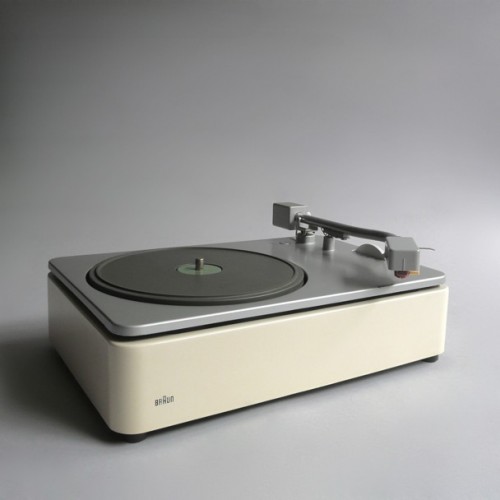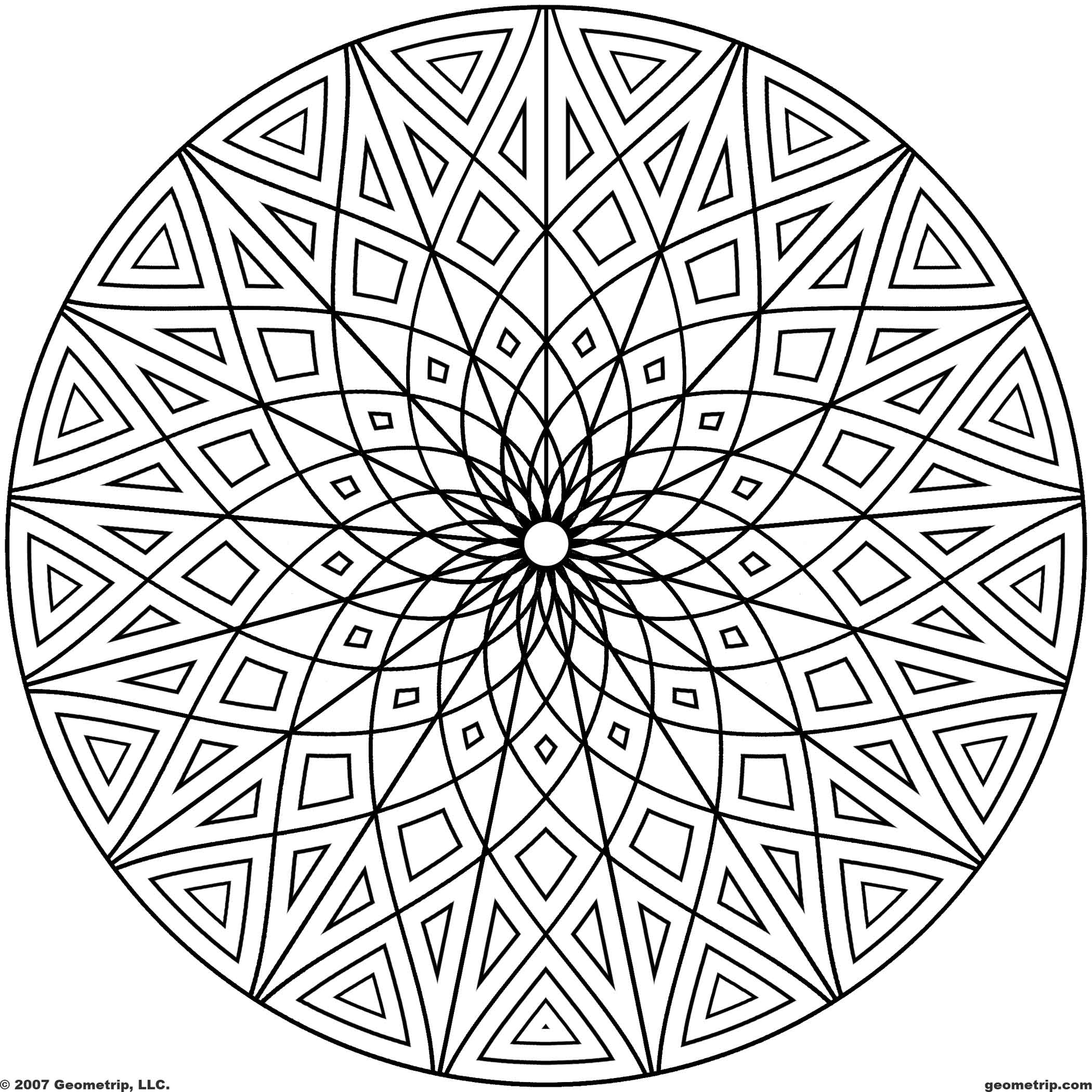Table Of Content

Rams’ LegacyDieter Rams remains an enduring inspiration for younger designers, notably Jonathan Ive and Jasper Morrison, who have acknowledged his influence in their work at Apple and Rowenta respectively. To date Rams continues to be an influential figure also through his writings and time-tested designs. Not only was Rams determined to ensure that Braun’s products were easy to use, he wanted people to enjoy using them. This meant that each audio product had to be perfectly attuned to the type of music which was popular at the time. As musical taste changed throughout the 1960s, with the growing popularity of rock, pop, folk and then electronic music, Braun’s engineers constantly strove to adapt. When the LE1 electrostatic loudspeaker was launched in 1960, on the eve of the pop revolution, musical taste was still fairly conventional and the engineers’ objective was to produce a clear, transparent sound for jazz and classical music.
Consumer Research: understanding hearts, bodies, and minds
Braun: Designed to Keep is a book worth holding onto - The Verge
Braun: Designed to Keep is a book worth holding onto.
Posted: Tue, 21 Nov 2023 08:00:00 GMT [source]
Other designers who worked in Braun's design department include Gerd Alfred Muller,[26] Reinhold Weiss, Richard Fischer, Robert Oberheim, Florian Seiffert, Hartwig Kahlcke, Herbert Hirche, Fritz Eichler, and Ludwig Littmann. One of Germany’s most important and the world’s best known industrial designers. Dieter Rams’ (1) work has an outstanding quality which distinguishes it from the vast majority of industrial design of the entire 20th Century. His products are designed to be timeless, highly functional and pure in its aesthetics.
Discover & Shop what's next with our brand new App
Marking the development of high fidelity – or hi-fi – technology, the black bases made audio units look denser and more compact thereby illustrating their technical strength. Rams was also able to seal the units with unobtrusive elongated and rounded aluminium strips, rather than screws. He then enlarged the knobs and switches of the units to suit the darker palette. Black dominated consumer electronics design for the next thirty years.
Less and More : The Design Ethos of Dieter Rams
The design was well-received by the market and smashed existing sales records, selling over 8 million units worldwide. When the SK 4 was launched in 1956, it disrupted the conventional approach to audio design in which devices were hidden in baroque cabinets. Introduced in 1959, the TP 1 by Dieter Rams was a ground-breaking portable transistorised radio-record player that long preceded the Walkman of the 1980s.
It conserves resources and minimises physical and visual pollution throughout the lifecycle of the product. It avoids being fashionable and therefore never appears antiquated. Unlike fashionable design, it lasts many years - even in today’s throwaway society. With that simple application of pressure - click - you get what you want.
OUR DESIGNS
Without even knowing, you probably own either a Braun product or a product inspired by it. Your electric toothbrush, most likely, and your electric shaver, too. Then your blender probably owes something to the German manufacturers. Check the calculator app on your phone — it's inspired by the 1977 Braun ET 33 calculator (more on that later). Please be aware that our efforts to maintain accessibility and usability are ongoing. While we strive to make the Website as accessible as possible some issues can be encountered by different assistive technology as the range of assistive technology is wide and varied.
Max Braun died in 1951 and his sons Artur (1925–2013) and Erwin (1921–1992) took over the management of the company. The Braun brothers soon set about reorganizing the company and expanding its product lines. For example, the product range was extended to include additional kitchen appliances, as well as electronic flashguns for amateur photographers. In 1955, Dieter Rams arrived at Braun, quickly making a name for himself within the company. The company won a rapid succession of national and international prizes and awards for its products.Braun became world-famous as a design brand, the first company to bring ‘good design’ to the mass market.
The finishing touch was the tip-to-stop function which allowed the user to turn off the alarm simply by tipping the clock backward. This removed the need for a big snooze button, freeing space for a pared-back finish. As the long name suggests, the Braun TS 45 L 450 TG 60 is actually three distinct products fitted together.
Research and Development: exploring possibilities
The German electronics company Braun was founded 102 years ago and has been owned Procter & Gamble, the umbrella company of Old Spice, Head & Shoulders and Ariel, since 2005. Care and accuracy in the design process show respect towards the consumer. It does not make a product more innovative, powerful or valuable than it really is. It does not attempt to manipulate the consumer with promises that cannot be kept. Their design should therefore be both neutral and restrained, to leave room for the user’s self-expression.
Even its latest products like handheld shavers, minimal watches, and high-end speak systems rely on its unwavering design values. The German brand continues to break boundaries, working at the leading edge of innovation with its electronics and visual character. Despite its retrospective nature, Braun's 100th anniversary has, if anything, got us more excited about what the company has in store for the future. At Braun, our consumers come first and foremost in everything we do. Our starting point is how men and women experience Braun products, and we are continuously searching for ideas that improve their daily lives.Our research facility in Kronberg is equipped with bathrooms so we can realistically recreate what happens in everyday homes.
In that vein, we've picked out five Braun products that continue to provide inspiration for the future of design with their unrivaled timelessness. Whether it's the Braun TP 1 from 1959 or the 2021-reissue of the Braun LE01 speakers, the brand proves time and time again that it has the momentum to be an icon well into the future. The modular system is comprised of a pocket radio and battery-operated record player linked by a short cable and held in an anodised aluminium case.
Coming up with an innovative idea is one thing; turning it into technology that meets users’ expectations worldwide is quite another. But this is exactly the kind of challenge that our scientists and engineers love. What follows is an attempt to identify all the possible (and sometimes impossible) technical approaches to overcome this challenge.In many cases a prototype is put together in the lab to find out if a technical idea lives up to its promises. In this way, Braun experts methodically zero in on the best technical approach for a new product. Once this has been identified, we make sure that the device can be manufactured on a larger scale without compromising quality.
Rams wrote his account of his early years at Braun in an open letter to Erwin Braun in 1979. In the letter, he details his introduction to design and his experience working among talented and engaging people at Braun. Initially Rams worked on a number of different projects for the company, from being involved on a project for a new showroom pavilion for the medical department, to working on Erwin Braun’s own house in Königstein. During this time he got an in depth understanding of how the company operated, developing good relationship with the various teams at Braun. Formative YearsDieter Rams was born in Wiesbaden, Germany, in 1932. As a teenager he loved to watch his grandfather who worked as a carpenter.
BraunFounded in Frankfurt in 1921 by the engineer Max Braun, the company had soon gained a sound reputation for engineering and for developing new products, including electric shavers, kitchen utensils and the first combined radio and record player. After Max’s death in 1951, his sons Artur and Erwin Braun took charge and repositioned Braun to benefit from the expansion of the post-war consumer electronics market. It was a time of rapid technological change when manufacturers were harnessing the engineering advances made in the defence industry during World War II to develop new electronic products for consumers. The Braun brothers continued with the production of radio and phone sets, shavers and kitchen utensils initiated by their father. However, having realised that the styling of their products needed to become more sophisticated, in 1954 they asked the tutors of the recently founded Hochschule für Gestaltung (Ulm School of Design) to advise them on product design.
There’s the story of the people who made it, of the materials chosen, and the creative motivation. Only when you understand the story do you understand an object’s meaning. Or so says Dieter Rams, who headed up product design at Braun from 1961 to 1995.
The Braun SM 31 was designed by Gerd Alfred Müller and Hans Gugelot. Inspired by and named after the sextant, a nautical instrument, the Sixtant SM 31 was also based on the hexagonal holes of shaving foil. But, for the first time ever, rather than these holes being punched into the foil, the foil was produced with a special electroforming process. All of the button controls were set at the back of the clock and each button was designed to have a distinctive shape so that they could be used without looking.

No comments:
Post a Comment